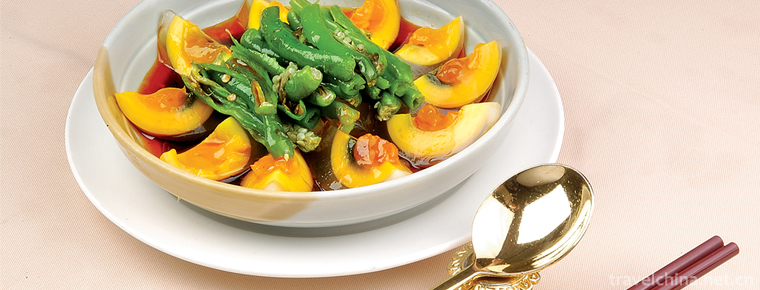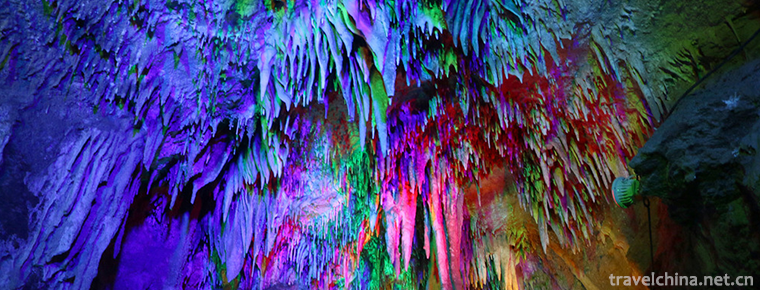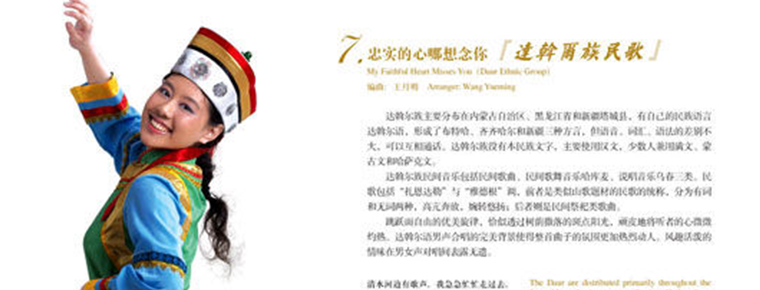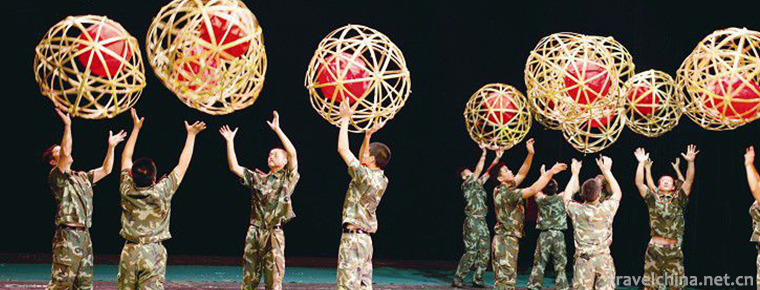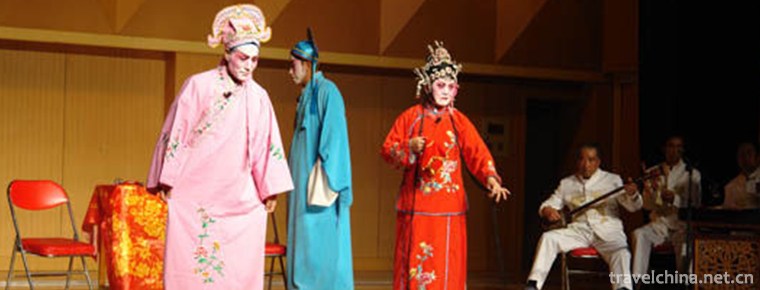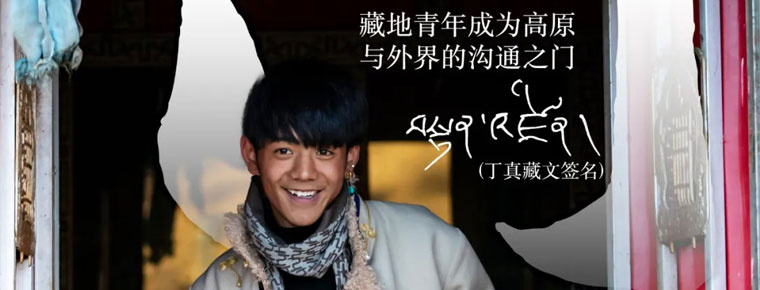Dai Medicine Sleeping Drug Therapy
Dai Medicine Sleeping Drug Therapy
Sleeping pill therapy, one of the ten traditional Dai medicine therapies, is the third batch of national cultural heritage in Yunnan.
Essential information
Cultural Heritage Name: Dai Medicine (Sleeping Drug Therapy)
Areas: Inner Mongolia, Xishuangbanna, Dehong
Heritage Number: IX-20
Heritage category: traditional medicine
Date of declaration: 2008
Declarer/Declarator: Xishuangbanna Dai Autonomous Prefecture, Dehong Dai Jingpo Autonomous Prefecture, Yunnan Province
Level: Country
Historical records
According to historical records, the ancestor of Dai medicine, Santa La Sidao, founded the Dai medicine "Ya called Hatton", which is now listed in the national pharmacopoeia. With the extensive and in-depth medical practice of Dai medicine, the theory of Dai medicine has been formed, the core of which is the theory of "four towers and five implications". The Dai language of "Four Towers" refers to "Ta Du Zhi Xiao", which means "Ta Luo" (earth) is the human body; "Ta Nan" (water) refers to the human body's blood (body fluid); and "Ta Fei" (fire) refers to the human body's fire, heat, energy (Yang Qi); and "Ta Shu" (wind) corresponds to the category of "Zhengqi" in Chinese medicine of the Han nationality. Dai medicine also believes that there are five other elements in the human body besides the "four towers", which are called "five implications", namely, color implication, knowledge implication, reception implication, imagination implication and implication. The combination of "Four Towers" and "Five Stories" constitutes a complete body with thinking ability and life activities. The theory of "Four Towers and Five Implications" contains the human body's structure and spiritual perception, which systematically and perfectly expounds the Dai doctors'understanding of the human body's material and spiritual elements.
Under the guidance of this theory, through the study of human tissue structure and physiology and pathology, the diagnostic methods of "look, smell, ask and cut" are summarized clinically, and the therapeutic schemes of "cold treatment of fever, warm treatment of cold disease and tonifying of deficiency disease" are formulated. Dai medicines include plant medicine, mineral medicine and animal medicine. According to statistics, there are more than 2500 kinds of Dai medicines, of which plant medicine is the most widely used. Dai medicine is also summarized as "Four Qis", "Five Nature" and "Eight Tastes". Dai medical treatment methods are mainly divided into two categories, namely internal treatment and external treatment. Among them, external treatment is more popular in clinical practice. At present, there are mainly 10 external treatments of Dai medicine, namely, warm elegance (sleeping medicine therapy), baking elegance (fumigation therapy), Aya (washing medicine therapy), Shaya (pricking medicine therapy), Runya (sitting medicine therapy), Zaya (lining medicine therapy), Yanglangyong (trampling back therapy), Pulangduo (beating therapy), and bloodletting cupping therapy, which are known as the ten traditional treatments of Dai medicine.
therapy
"Warm and elegant" (sleeping medicine therapy), Dai doctor according to the different conditions with the corresponding fresh or dry Dai medicine, cut and add water or wine stir-fry heat, the hot medicine flat spread on the bed, so that patients directly sleep on the medicine, cover the bedding, so that the waste heat of drugs permeate the body, in order to achieve sweating, blood circulation, rheumatism and pain relief. It can be used to treat patients with severe cardiovascular and cerebrovascular diseases or long-term illness, who have poor physique and can not accept "baoya" (fumigation therapy), sequelae of stroke hemiplegia, rheumatism, etc.
Drugs (fresh or dried Dai medicine) are prepared according to the condition, chopped and stir-fried with water or wine until fragrant; hot drugs are spread evenly on the oilcloth of the bed and mixed with Dai medicine wine; according to the temperature tolerated by the patient, the underwear is ordered to sleep on the medicine, wrapped in the oilcloth, and covered with bedclothes, so as to achieve sweating, blood circulation, dispelling wind, removing dampness and relieving pain. It is mainly suitable for the treatment of severe cardiovascular and cerebrovascular diseases, stroke hemiplegia, patients with long illness, poor physique and unable to accept fumigation therapy, as well as Yumei Lanshen (cold rheumatism: limbs, joints, muscles, bones, aches and pains), sequelae of stroke hemiplegia and other diseases, the treatment time is about 30-45 minutes.


-
century eggspreserved egg100years egg
Preserved egg, also known as preserved egg, egg, egg, egg, etc.
Views: 212 Time 2018-10-12 -
Fuping Pottery Art Village
Pottery Village is located in the north of Fuping County. It relies on the site of Tang Dingzhou Kiln. It is a cultural and custom experience scenic spot consisting of a quasi-three-star hotel, three .
Views: 153 Time 2019-01-12 -
Yishui Natural Underground Gallery Scenic Area
Yishui Natural Underground Gallery is located in Liuhuyu Township, Dongtou Township, Yishui County, Shandong Province, which is the first ecological town in Yimeng and the hometown of Hongsiao..
Views: 346 Time 2019-03-04 -
Daur Folk Songs
Daur people mainly live in Inner Mongolia Autonomous Region and Heilongjiang Province, and a few live in Tacheng County, Xinjiang. Daur means "pioneer"..
Views: 283 Time 2019-04-22 -
Rolling lamp
Rolling lantern is an art form of entertainment and self-enjoyment for the masses in Han folk festivals, and also a competitive performance to show the strength of villages. It is mainly prevalent in .
Views: 164 Time 2019-05-02 -
Linxia brick carving
Linxia brick carving (also known as Hezhou brick carving) is a practical art closely combined with buildings. Linxia brick carving matured in the Ming and Qing dynasties, and in modern times it absorb.
Views: 114 Time 2019-05-13 -
Manufacturing Techniques of Fukushima Ship with Watertight Cabin
The manufacturing technology of watertight compartment Fukushima, the local traditional handicraft technology of Jiaocheng District in Jinjiang and Ningde City, Fujian Province, is one of the national.
Views: 147 Time 2019-06-15 -
Tongwei Opera
Tongwei Xiaoqu Opera is a kind of traditional Xiaoqu Opera popular in Tongwei County. In the Ming and Qing Dynasties, Tongwei folk artists absorbed various flavors of Longdong Daoqing, Wanwanwanqiang .
Views: 194 Time 2019-06-21 -
About Ding Zhen Video
In November 11th CCTV news and Oriental tiktok were put on a short video of the tremble. Ding Zhen, the "sweet boy" in the video, triggered a phenomenal network event with a transmission volume of more than 5 billion times. At the same time,.
Views: 136 Time 2020-12-06 -
Luzhou economy
In 2019, the GDP of Luzhou will reach 208.13 billion yuan, an increase of 8.0% over the previous year, 1.9 percentage points higher than the national average level (6.1%) and 0.5 percentage points higher than the provincial average level (7.5%). Among them, the added value.
Views: 340 Time 2020-12-14 -
Guangan location
Guang'an City is located in the east of Sichuan Province, with the geographical coordinates of 30 ° 01 ′ - 30 ° 52 ′ n, 105 ° 56 ′ - 107 ° 19 ′ e, 134.5 km from east to west, 93.6 km from north to south, from Linshui county to Dazhu County of Dazhou City, from.
Views: 358 Time 2020-12-19

